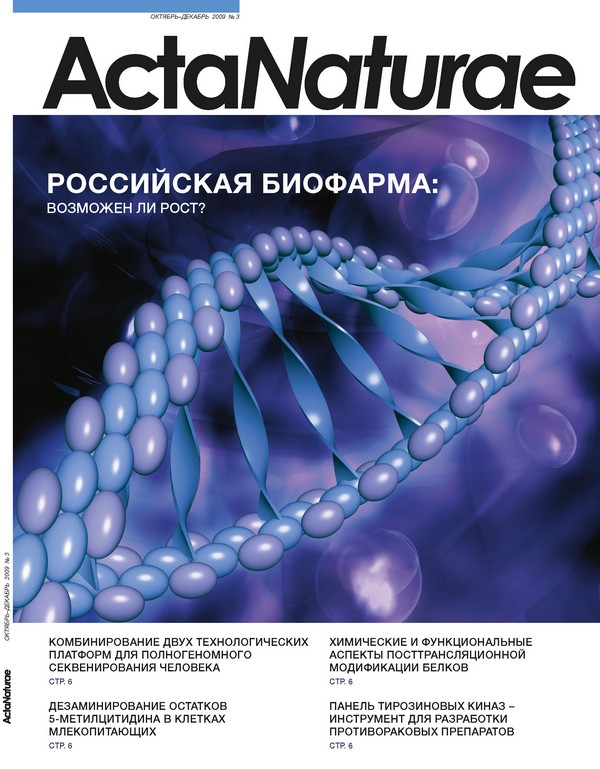Full Text
Penicillin acylase (PA) from Escherichia coli is probably the most studied enzyme among the group of Ntn-hydrolases. The enzymes of this superfamily are characterized by their unique catalytic mechanism in which the N-terminal amino acid residue (serine, cysteine or threonine) acts as a nucleophile to form an acylenzyme intermediate. PАs, as well as other Ntn-hydrolases, are activated by processing of a precursor protein to form the mature enzyme that has an αββαfold topology of helices and strands around the active site [
1]. Despite the high interest in the structure and biosynthesis of PAs [
2-13], as well as in the new synthetic applications [
1420], little work has been done on the substrate specificity and especially the enantioselectivity of these enzymes [
21,
22]. The reason for this is that the substrate specificity studies with phenylacetylated compounds are seriously complicated by a very strong competitive inhibition by the reaction product phenylacetic acid [
23,
24]. PAs seem to possess a much wider substrate range than previously assumed (especially concerning the leaving group), and acylases of different origins may have quite different catalytic activities and enantioselectivities [
24]. The substrate specificity and catalytic properties of PAs are of very high practical interest as this family of enzymes plays a decisive role in the biocatalytic preparation of semisynthetic β-lactam antibiotics [
25]. A breakthrough in the elucidation of the catalytic mechanism of PA from E. coli was obtained when the X-ray crystallographic structure of the native enzyme [
2,
10] and an enzyme-substrate complex was solved [
12,
13]. This provided the first information about the residues involved in binding of the leaving group of the substrate. Afterwards, molecular modeling has helped to reveal the intimate details of the substrate binding in the penicillin acylase active center, especially concerning the binding pattern of the leaving group [
26].
About the authors
Belozersky Institute of Physicochemical Biology and Faculty of Bioengineering and Bioinformatics, Lomonosov Moscow State University
Russia
Department of Biochemistry, Groningen Biomolecular Sciences and Biotechnology Institute, University of Groningen
Netherlands
Belozersky Institute of Physicochemical Biology and Faculty of Bioengineering and Bioinformatics, Lomonosov Moscow State University
Russia
Department of Biochemistry, Groningen Biomolecular Sciences and Biotechnology Institute, University of Groningen
Netherlands
Belozersky Institute of Physicochemical Biology and Faculty of Bioengineering and Bioinformatics, Lomonosov Moscow State University
Russia
Department of Biochemistry, Groningen Biomolecular Sciences and Biotechnology Institute, University of Groningen
Netherlands
Belozersky Institute of Physicochemical Biology and Faculty of Bioengineering and Bioinformatics, Lomonosov Moscow State University
Email: vytas@belozersky.msu.ru
Russia







